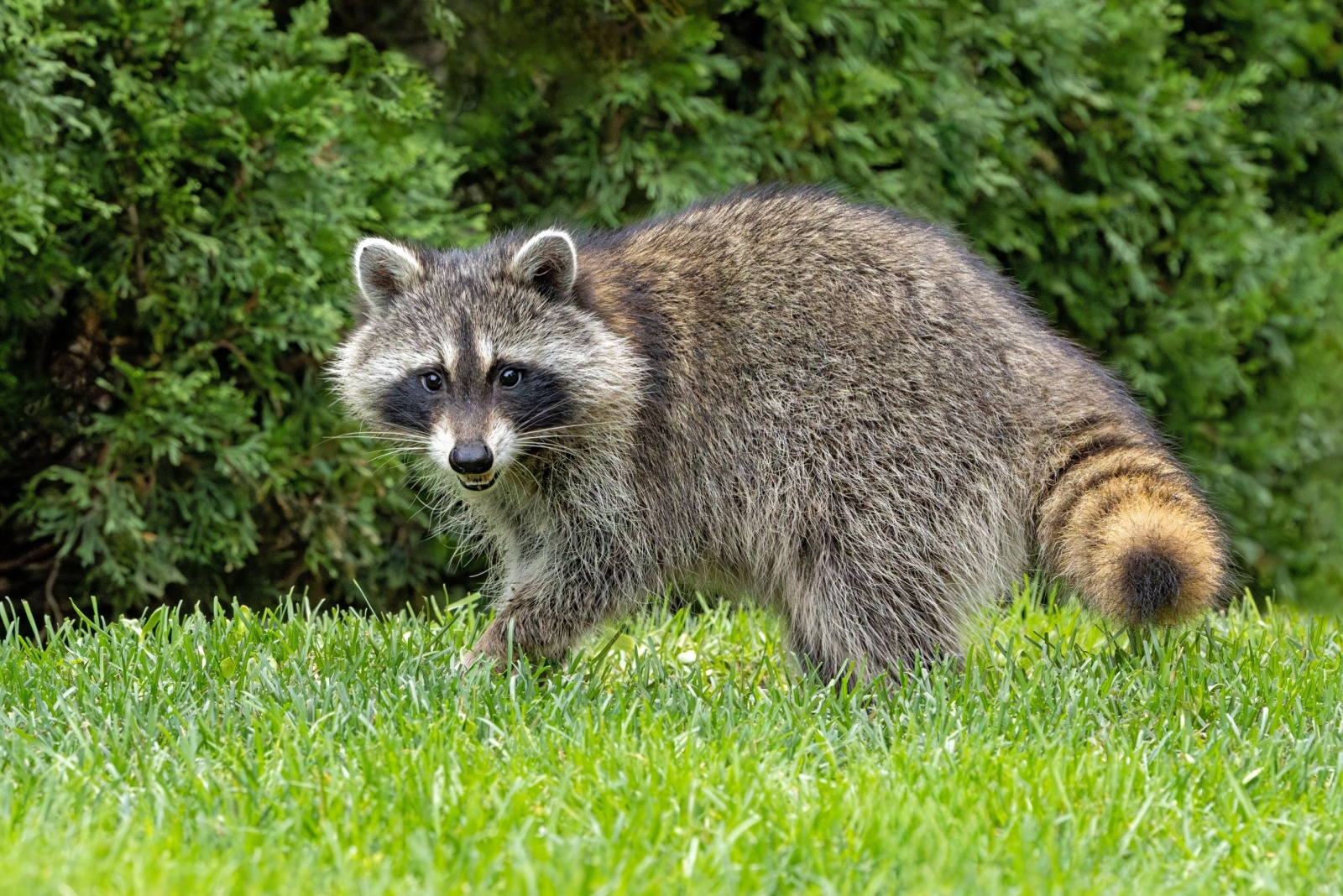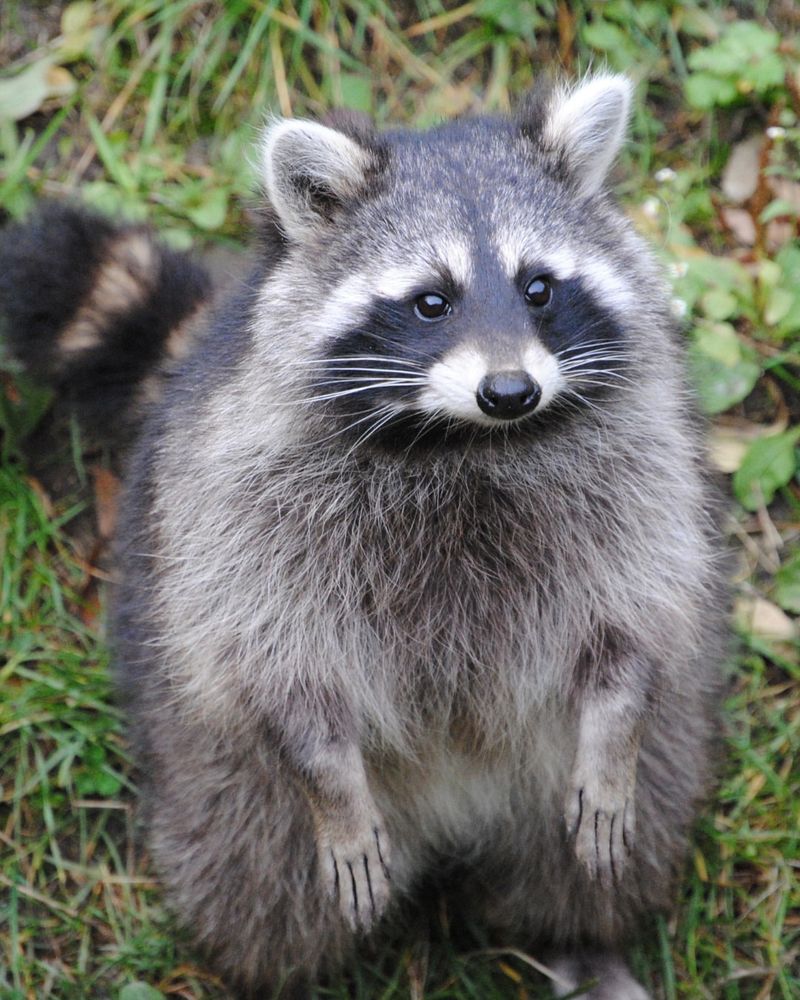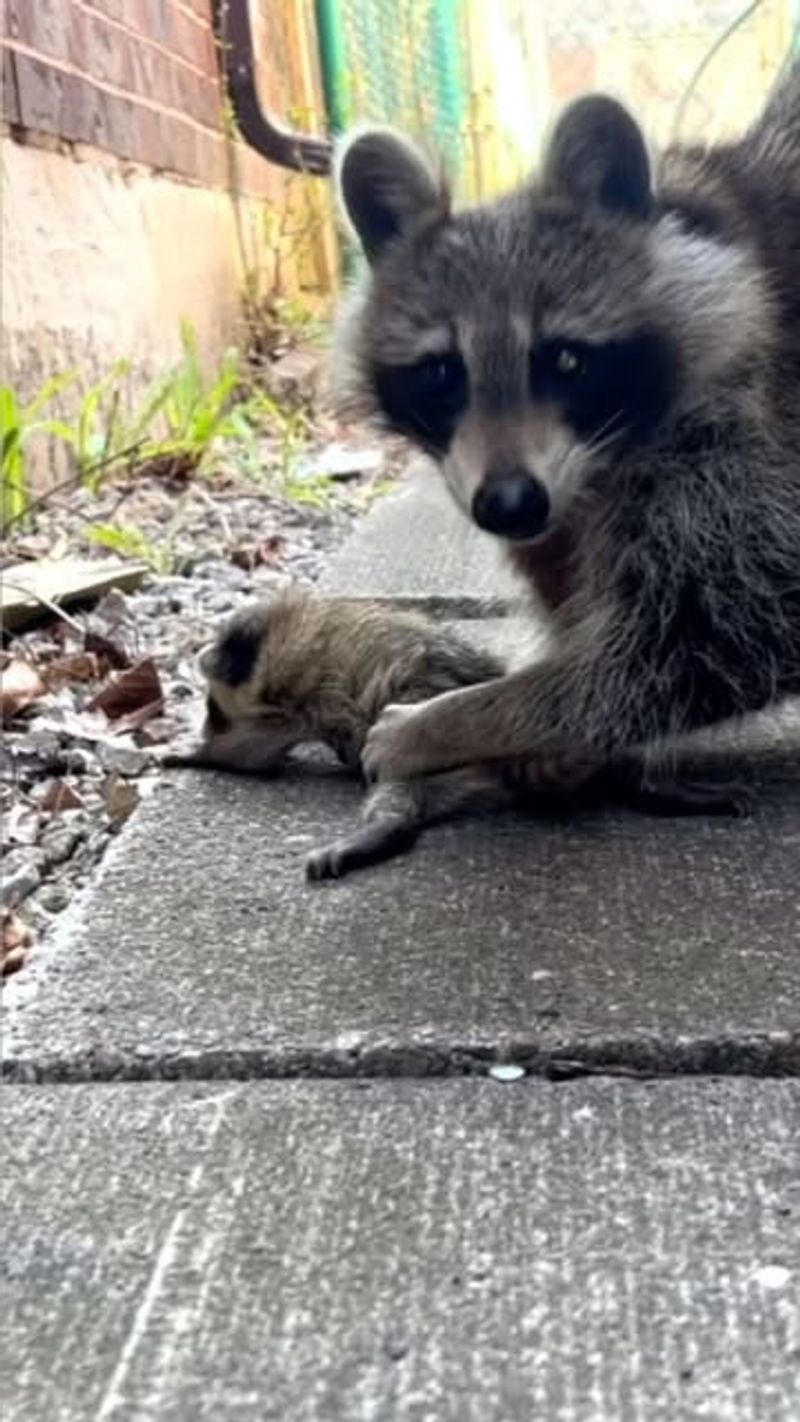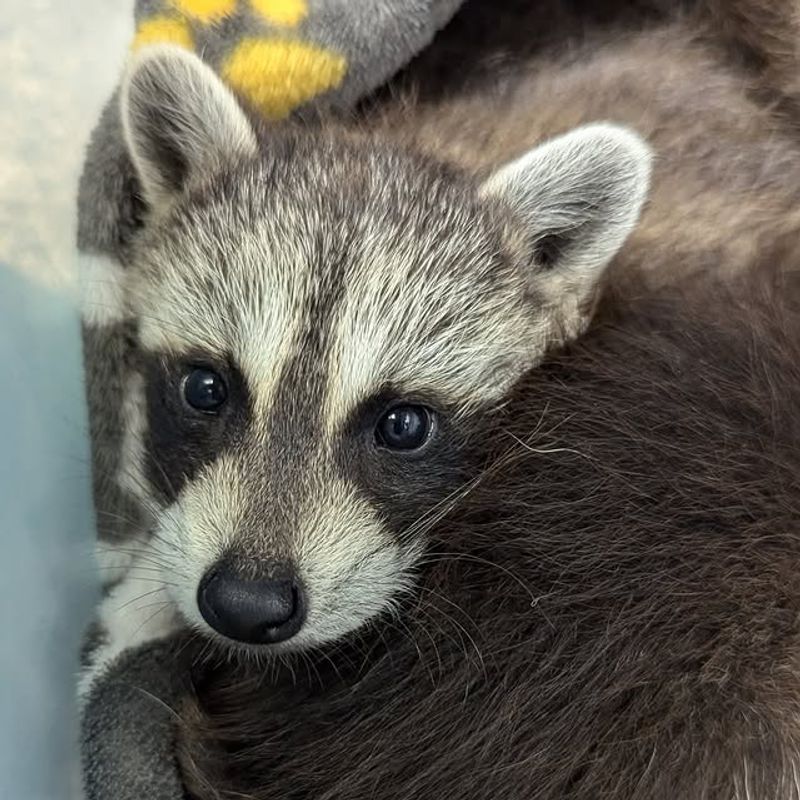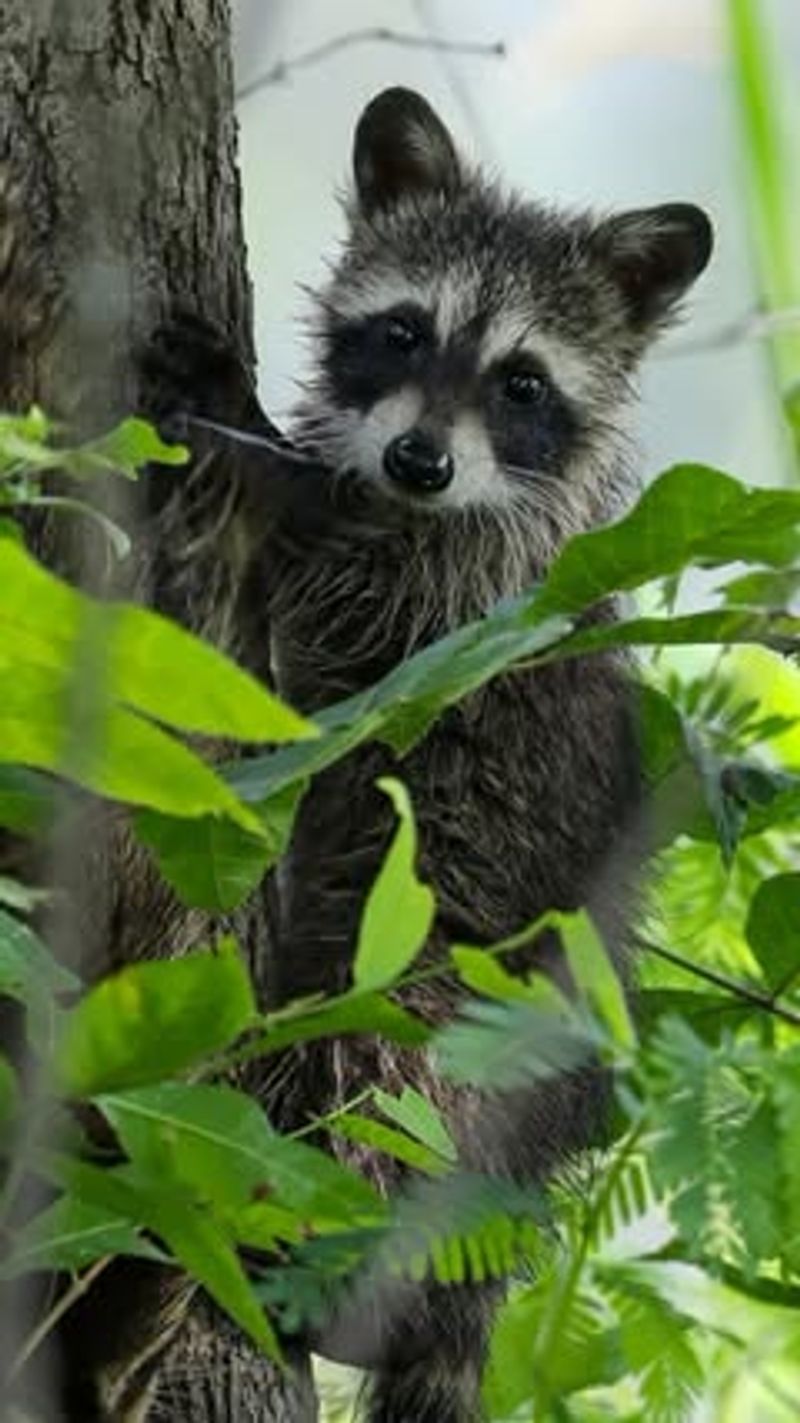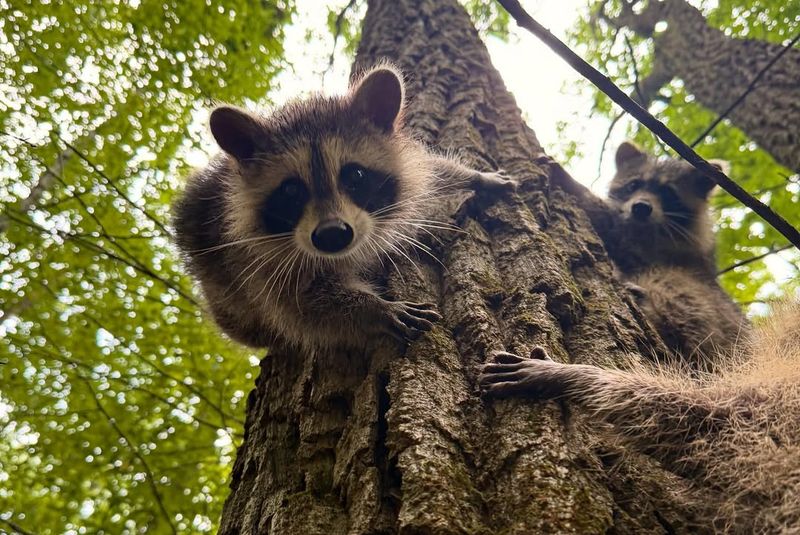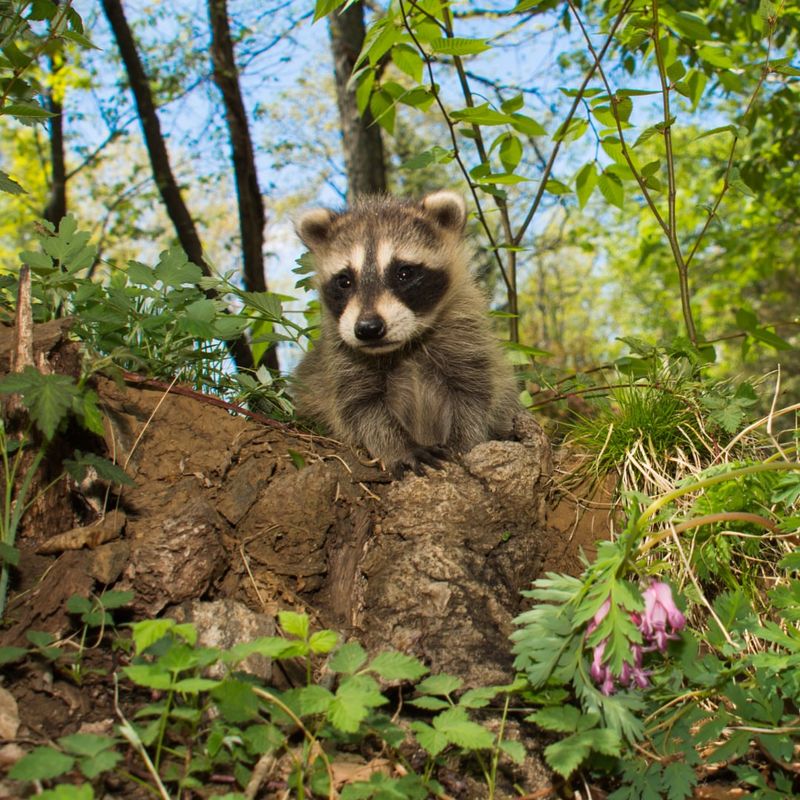Raccoons might look cute with their masked faces and fluffy tails, but having them in your yard can lead to serious problems for Ohio homeowners. These clever creatures can damage property, spread disease, and create messes that are hard to clean up.
Before you take action to remove them, there are important things you need to know to stay safe and follow the law.
1. Ohio Law Requires A Permit For Trapping
Trapping raccoons without proper permission can land you in legal trouble across Ohio. State wildlife regulations require homeowners to obtain a permit before using traps to capture these animals.
Working with a licensed wildlife control professional ensures you stay on the right side of the law. They understand local rules and can handle the removal process safely and legally, saving you from potential fines or complications down the road.
2. Raccoons Often Carry Rabies And Other Diseases
Health risks multiply when raccoons take up residence near your home. Rabies remains a serious concern throughout Ohio, with raccoons being one of the primary carriers of this deadly virus.
Beyond rabies, these animals can spread roundworm through their droppings, which poses dangers to children and pets. Never approach or handle a raccoon yourself, especially if it appears sick, disoriented, or unusually aggressive during daylight hours when they normally sleep.
3. Mother Raccoons Might Have Babies Nearby
Timing matters tremendously when dealing with raccoon removal. Spring and early summer mark the breeding season when mother raccoons care for their young in dens located in attics, chimneys, or under porches.
Removing a mother without relocating her babies leads to heartbreaking situations where young raccoons starve or cause additional problems. Professional wildlife experts know how to identify nursing mothers and can reunite families before relocation, ensuring humane treatment for all animals involved.
4. Securing Trash Cans Prevents Future Visits
Food sources draw raccoons to your property like magnets. Unsecured garbage cans provide an all-you-can-eat buffet that keeps these masked bandits coming back night after night.
Investing in heavy-duty trash containers with locking lids eliminates this attraction effectively. Ohio homeowners who store garbage in garages until collection day or use bungee cords to secure lids see dramatic reductions in raccoon activity around their homes and neighborhoods.
5. Check Your Homeowner’s Insurance Coverage First
Financial surprises await unprepared homeowners when raccoons cause property damage. Some insurance policies in Ohio cover wildlife damage to structures, while others specifically exclude it from protection.
Review your policy carefully before calling a removal service, as knowing your coverage helps you budget appropriately. Damage from raccoons tearing through roof shingles, destroying insulation, or chewing electrical wires can cost thousands of dollars to repair, making insurance coverage incredibly valuable for your wallet.
6. Relocation Must Happen Within Specific Distances
Simply moving raccoons to another neighborhood creates problems for someone else. Ohio wildlife regulations specify how far you must relocate trapped animals to prevent them from returning to your property.
Most experts recommend releasing raccoons at least five to ten miles away in suitable habitat. However, dropping them in random locations without proper resources can doom them to starvation, which is why professional services choose release sites carefully with adequate food and shelter available.
7. Seal Entry Points After Removal Completes
Removing raccoons solves only half the problem facing Ohio homeowners. Without sealing access points, new raccoons will discover and exploit the same openings within weeks or even days.
Inspect your home thoroughly for gaps in soffits, broken vents, loose shingles, and openings around chimneys. Use heavy-gauge wire mesh, metal flashing, or professional-grade materials to close these entry routes permanently, as raccoons possess surprising strength and can tear through weak barriers easily.
8. Professional Removal Costs Less Than Property Damage
Hiring experts might seem expensive until you calculate the alternative costs. Raccoons living in your attic destroy insulation, damage ductwork, and leave behind contaminated waste that requires hazardous material cleanup.
Professional wildlife services in Ohio typically charge between two hundred and five hundred dollars for removal, while repairing extensive raccoon damage often exceeds several thousand dollars. Early intervention saves money and protects your home from structural issues that worsen over time with continued raccoon occupation.
9. Motion-Activated Lights Deter Nighttime Activity
Raccoons prefer working under cover of darkness when fewer threats exist. Installing motion-activated lighting around your Ohio property disrupts their comfort zone and encourages them to search for food elsewhere.
Position lights near garbage areas, gardens, and potential entry points to your home for maximum effectiveness. Combining lighting with other deterrents like removing food sources and sealing access creates a multi-layered defense system that makes your property far less appealing to these nocturnal visitors.

